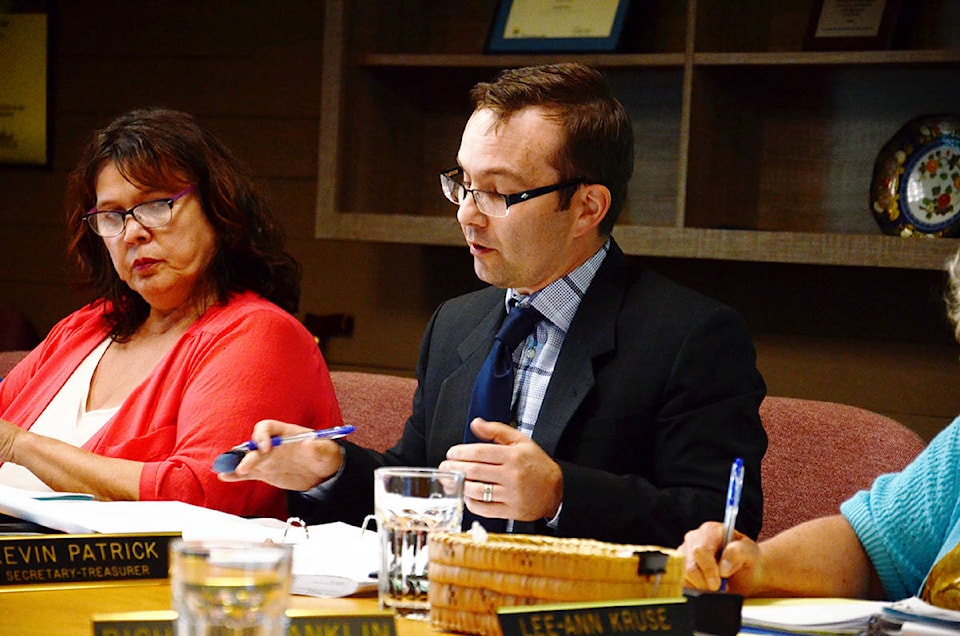The School District 72 board of education has had to find additional money to cover higher than expected costs for upgrades both at Timberline Secondary and Carihi Secondary.
At the Nov. 28 meeting, trustees voted to cover the costs for work from various surplus funding sources.
Timberline has seen upgrades to the shop area. Ultimately, the renovation is the result of work at North Island College, which shares the current space and has been in the process of an expansion that will separate the college from the secondary school.
The school district received grant funding to the cover the work for installing a new dust collector for the trades programs, which has been installed. However, there are different requirements for furniture and equipment in the new space from the old site. To set up the new space, the project will cost an estimated $350,000 more than had been anticipated from when the district applied for funding for the capital project.
“What we hope is that this amount will take it to completion,” secretary-treasurer Kevin Patrick told the trustees, adding the district might need more money for the entry-way. “We’ve utilized funding wherever we could.”
The board agreed to the motion to use money from unrestricted surplus funds for the work.
“As difficult as this is, we keep going back to this well,” said trustee John Kerr. “We’ve kind of been put on the hook for someone else’s initiative.”
Trustee Daryl Hagen made many of the same points.
“This is not our intended course of action,” he said. “This is not the right way to be spending money…. These are educational dollars we’re spending.”
Board chair Richard Franklin added that when the college proposed the plan to separate the two institutions, the district was told the work would not cost it “one red cent.”
“It’s unfortunate we are having to pay,” he said.
The district is also doing an upgrade at Carihi to the heating, ventilation and air conditioning system (HVAC), but it too is costing more than anticipated. The project was budgeted for $505,885, the amount of the application to the Ministry of Education.
Through the tendering process though, the lowest bid for the HVAC work has been $725,000, or $225,000 more than expected.
“We didn’t have quite enough money,” Patrick told the board. “I think everybody else is facing the same thing.”
In this case, there is about $1 million left over from money for seismic work at schools. The district can use this, but it will have to get permission from the provincial government to proceed, as it is in a restricted surplus fund. One consideration, Patrick added, was that this work is the first phase of the project at Carihi, with the other two phases to follow in coming years.
The board passed the motion unanimously to use money from the restricted capital fund.
One of the factors for the cost hikes has been an increased cost of labour, pushed up by demand for construction labour.
On top of this, some materials such as steel have faced recent price hikes from tariffs imposed, a situation that is affecting other local governments. At a recent Strathcona Regional District meeting, staff updated the board on the effect tariffs would have on the costs for a refurbished Strathcona Gardens.
RELATED STORY: SRD board gets look at recreated Strathcona Gardens
